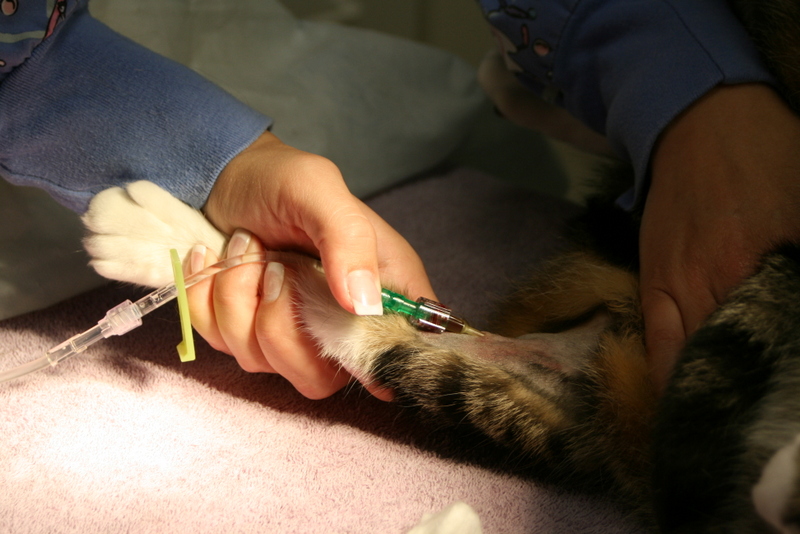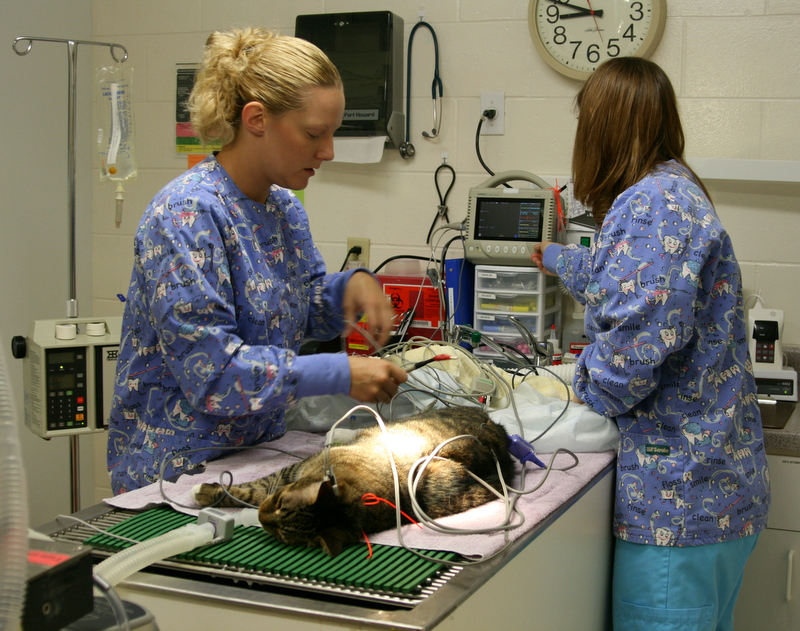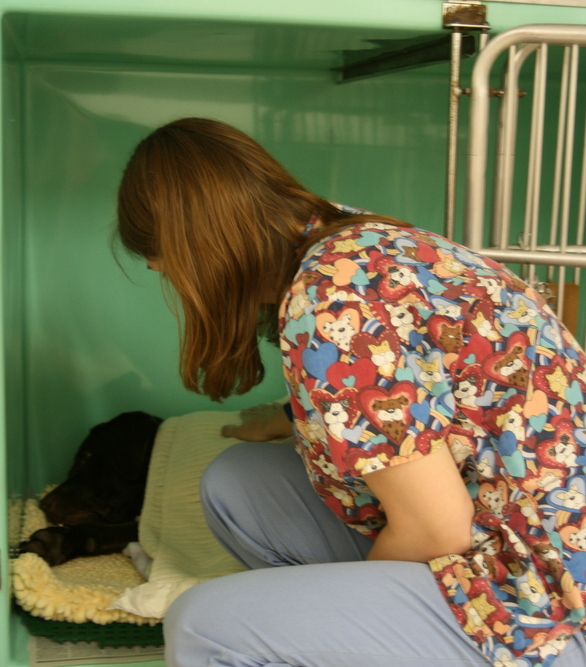Northern Animal Clinic
5411 North Saginaw RoadMidland, MI 48642(989)631-9740
www.northernanimalclinic.com
Surgical Procedures at Northern Animal Clinic
We know your pet is very important to you: a companion, friend and confidant. In a very real sense, your pet is a member of your family. And, like any family member, your pet deserves the finest possible health care. We understand, so we set our standards high. Let us take a few moments to explain anesthesia and monitoring.
|
|
Admission to the hospital

Please allow a minimum of 15 minutes for our surgical team to go over all the admission paperwork with you. We will be asking a series of questions and discussing the treatment plan with you. Please be prepared to leave us with an emergency contact number.
|
|
Anesthesia at NAC:

Most pet owners have concerns about having their pets sedated or anesthetized. A certain amount of risk always exists when these procedures are performed; therefore the patient's general condition must be taken into account. The anesthesia we use is very similar to that available in human medicine. Overall, the use of modern sedatives and anesthetics involves minimal risk for our pets.
Anesthetics are selected for patients based on their health status as determined by physical examination, laboratory results and other diagnostic aids, and the type and length of the procedure to be performed.
We place an intravenous catheter for all of our anesthetic or sedation patients. This provides ease of administration for medications and emergency access to a vein if needed.
|
|
Monitoring your pet

Body temperature is maintained by use of a warm air blanket while the patient is under anesthesia. The heart rate is monitored by use of a stethoscope and/or electrocardiograph (ECG) monitor. Blood Pressure monitoring is used to help assess anesthetic depth and maintain major organ blood flow. Red blood cell oxygen saturation is also monitored with a pulse oximeter.
Our surgical team monitors all anesthetic patients at all times during procedures. We do not rely solely on monitoring equipment alone, we also keep hands and eyes on our patients throughout these procedures.
|
|
Recovery

We recover our patients in a comfy kennel with lots of warm blankets and towels to keep them at just the right temperature. A surgical assistant monitors their vital signs until they are up and moving around. Prior to hospital discharge our LVT's do another physical exam to make sure all is well with our patients!
|
|
Pain Control
In the past, it was thought that dogs and cat do not feel pain in the same way that people do. We know that is not the case! Pain control is very important to us at NAC. We use a "multi-modal" approach, which means that we use multiple methods to prevent and control pain. By using this method, pain can be more completely controlled with lesser doses of any one medication. These may include pre-procedure injections, nerve blocks with local anesthetics during the procedure, and post-operative analgesics and/or anti-inflammatory medications that are given at home.
|
|